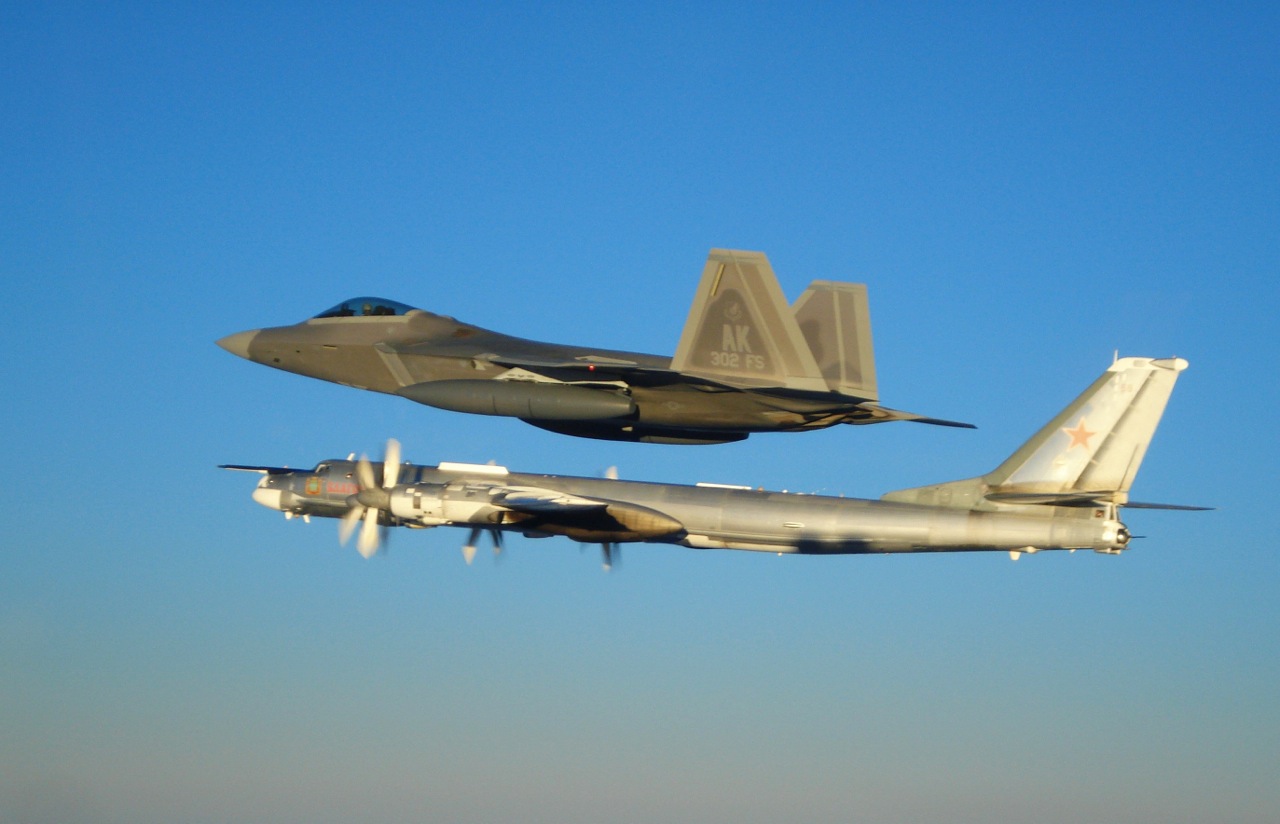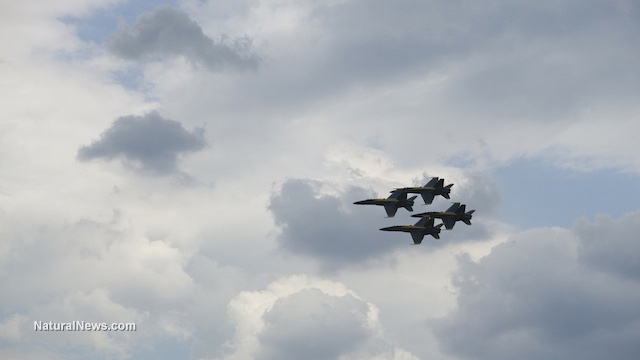
According to NORAD's post on X, the intercepted Russian aircraft remained in international airspace and did not enter U.S. or Canadian sovereign airspace. NORAD stated: "This Russian activity in the Alaska ADIZ is not seen as a threat, and NORAD will continue to monitor competitor activity near North America and meet presence with presence." (Related: U.S. and Canadian fighter jets intercept Russian and Chinese bomber aircraft near Alaska.)
NORAD, which is a joint U.S.-Canadian defense organization, has frequently intercepted Russian aircraft near Alaska since Russia's full-scale invasion of Ukraine began in February 2022. However, NORAD did not specify the type of Russian aircraft involved in the latest incident or the specific U.S. fighter jets used in the intercept.
An ADIZ is a defined area of international airspace where aircraft are required to be identified, located and controlled for national security purposes. NORAD employs a "layered defense network of satellites, ground-based and airborne radars, and fighter aircraft to track aircraft and inform appropriate actions."
In July, the Pentagon reported that Russian and Chinese bombers – two Russian Tu-95 and two Chinese H-6 military aircraft – were detected flying near Alaska, marking the first time these two nations had operated together in this manner.
The Sept. 11 interception comes amid ongoing large-scale military exercises by Russia and China in the Pacific, Arctic, Mediterranean, Caspian and Baltic Seas, which are scheduled to continue through September 16.
NORAD is likely to intercept more Russian aircraft in the ADIZ in the future, as such incidents are common. A U.S. Defense Department spokesperson noted in July 2023 that Russian activity in the ADIZ "occurs regularly and we do not view this activity as a threat." NORAD also indicated there is no evidence linking these events to broader global activities.
What is NORAD?
NORAD is a bi-national organization established by the U.S. and Canada to oversee aerospace warning, aerospace control and maritime warning for North America. Its aerospace warning mission involves detecting, validating and alerting on potential attacks against North America from aircraft, missiles or space vehicles, supported through collaborative arrangements with other commands.
Aerospace control focuses on maintaining air sovereignty and defense over Canadian and U.S. airspace. Following the renewal of the NORAD Agreement in May 2006, a maritime warning mission was added, which involves monitoring activities in U.S. and Canadian maritime approaches, areas and internal waterways.
NORAD works closely with homeland defense, security and law enforcement agencies to prevent air attacks, safeguard sovereign airspace, respond to unauthorized air activity and provide aerospace and maritime warnings for North America.
It continuously adapts its structure to address evolving global threats. The NORAD commander answers to both the U.S. president and the Canadian prime minister, operating from Peterson Space Force Base, Colorado. The NORAD and U.S. Northern Command (USNORTHCOM) Command Center functions as a central hub for collecting and coordinating sensor data to provide accurate threat assessments.
NORAD's regional headquarters are located at Elmendorf Air Force Base, Alaska; Canadian Forces Base Winnipeg, Manitoba; and Tyndall AFB, Florida. These bases manage air operations within their respective areas under the commander's direction.
For aerospace warning, NORAD delivers integrated tactical alerts and attack assessments to both Canadian and U.S. governments. Its aerospace control mission employs a network of satellites, ground-based and airborne radars and fighter jets to detect, intercept and, if necessary, engage airborne threats. NORAD also assists in identifying aircraft involved in illegal drug trafficking, passing this information to civilian law enforcement.
NORAD has developed an initial plan for its maritime warning mission and continues to demonstrate effectiveness through bi-national cooperation. The events of September 11, 2001, highlighted NORAD’s crucial role in North American security.
Follow WWIII.news for more stories like this.
Watch the video below about U.S. fighter jets intercepting Russian and Chinese bombers entering its protected airspace close to Alaska.
This video is from the TrendingNews channel on Brighteon.com.
More related stories:
Putin takes a ride in a NUCLEAR-capable bomber that can reach the U.S.
Suspected Chinese SPY BALLOON recovered off Alaska coast.
Sources include:
Please contact us for more information.






















